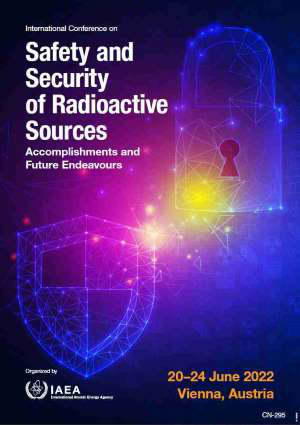Speaker
Description
In response to the demand for rapid detection technology for nuclear security, a rapid radionuclide identification method is developed to improve the ability of rapid identification on site.
A progressive hybrid multivariate iterative algorithm is developed. It adopts improved second-order difference and is a second-order difference mode of multivariate calculation. There are both improvements on external noise filtering algorithm and iterative calculation of threshold coefficient. By mixing of optimization methods, our proposed algorithm is realized based on modular development. And more important thing is to be continuous improvement. It has the ability to mix multiple technical means and finally form a multi-echelon algorithm.
A method to achieve this is to set a weight factor w for recognition process. Its function is to calculate the confidence level of the confounding nuclides with each other according to information of energy calibration and nuclide branch ratio when the algorithm is hard to identify the radionuclide since their characteristic peak energy or branch ratio energy are close.
The identification tests are conducted within sources such as Am-241、Cs-137、Co-60、Ba-133、Eu-152. At an ambient dose equivalent rate of 0.15 µSv/h above background, perform 10 identifications for each source or combined sources. All the averaged recognition integration time are less than 10s.
| Country OR Intl. Organization | China |
|---|

